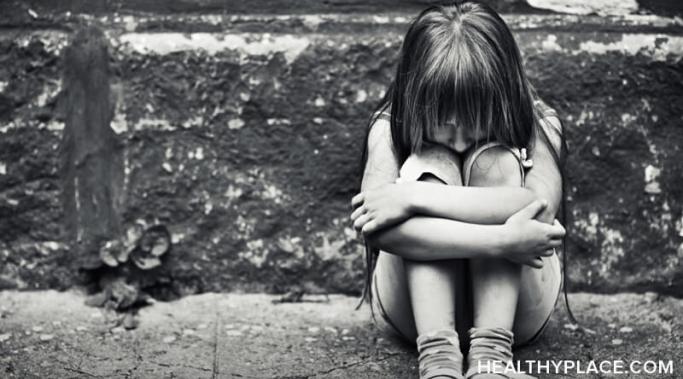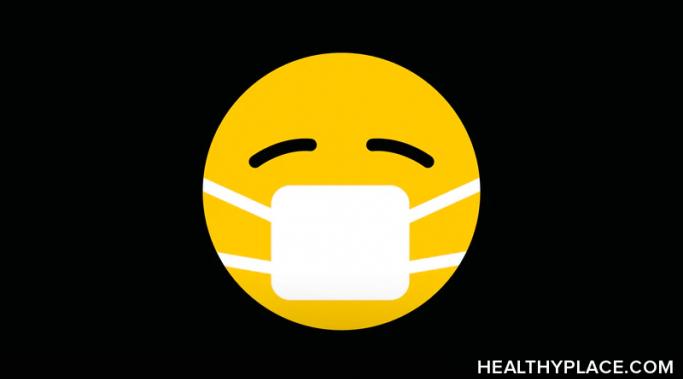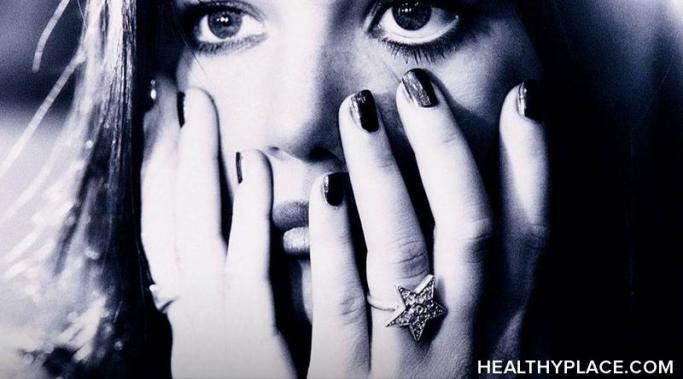Premenstrual dysphoric disorder (PMDD) is the first major mood disorder I suffered from as a kid. However, I did develop early symptoms of bipolar disorder as a teen as well, and that later led to schizoaffective disorder, bipolar type. Premenstrual dysphoric disorder is a very extreme form of what is commonly known as premenstrual syndrome (PMS). Untreated, I don’t have minor bouts of irritability or sadness during my period--I have full-on depression accompanied by suicidal thoughts. The way I treat my PMDD is with birth control pills.
Creative Schizophrenia
A parade celebrating Independence Day turned deadly when a barrage of shots rang out into the crowd. It was yet another trauma-causing mass shooting, but this time it was in Highland Park, a Chicago suburb just a few towns north of me on the North Shore.
I’ve mentioned before that I wanted to see a dietician/nutritionist. The reason is that I want to lose weight to take pressure off of my arthritic knees. I was supposed to go at the end of May, but the doctor had an emergency, so she couldn’t see clients on the day of my appointment. My husband, Tom, and I went in to see her on June 16. Here’s how it went and how it’s going.
Recently, I came down with a really bad cold, and my schizoaffective disorder and accompanying anxiety made it worse. I honestly thought I would never get well again. Here’s what it was like.
Before the Tori Amos concert I went to with my husband, Tom, in late May, I hadn’t been to a live concert since 2007. The reason for that centered around my schizoaffective anxiety and my response to crowds and noise. But, soon after the pandemic started and even before vaccines were available, I promised myself that I would go to her concert if Tori toured again. So, even though the pandemic is still here, I bought tickets for myself, and Tom as soon as Tori announced North American tour dates. Here’s how it went.
I’ve been feeling hopeless a lot lately. I have arthritis in my knees, and my schizoaffective disorder is making me feel hopeless about it.
Having schizophrenia can be very difficult when it comes to dealing with grief. We'll reexamine the stages of grief here, continuing from the last post with stage two.
My dad has a way with words. Decades ago, when I started hearing voices, he dubbed them the “Blue Meanies” after the bad guys in the animated Beatles movie Yellow Submarine. And he calls my negative self-talk the musings of “Bad News Betsy.”
I know I’ve been writing a lot about my knee troubles, and I’ve even shared that I have early signs of arthritis in my knees. But it didn’t hit me until I saw my orthopedic doctor again, and he confirmed I have osteoarthritis of the knee. “Osteoarthritis” is one of those words I’m going to have to get used to, just like “schizoaffective” was so many years ago. But looking back on how I handled my transition to a new schizoaffective disorder is helping me grapple with this new diagnosis, which arrived just in time for my 43rd birthday.
Disclosing a schizophrenia diagnosis can be a daunting decision to make. At work, it can be helpful or harmful. In your personal life, it can be scary. But, disclosing schizophrenia at work can be a necessity. In the workplace, it can be the difference between getting the proper accommodations or not. The Americans with Disabilities Act will protect you at work. Disclosing will give you the rights you need to receive accommodations. It can be a weight off your shoulders. You can even be a resource for others with disabilities. Living with schizophrenia can help others to connect with you by allowing them to share their stories with you.









